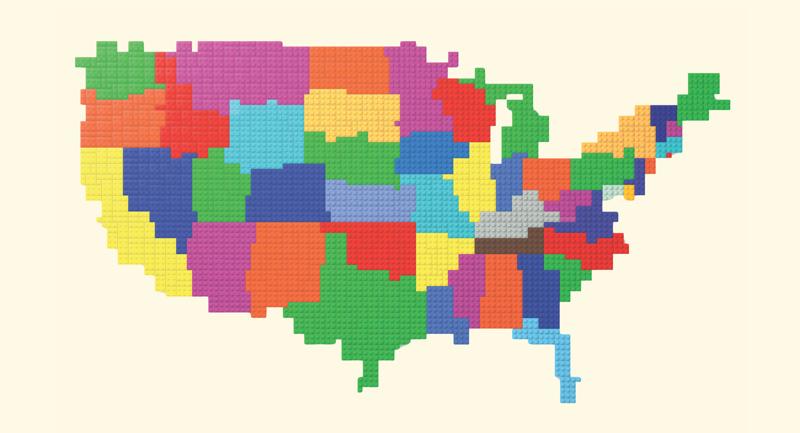Authentic assessments can solve multiple challenges that today’s classroom teachers face—from reducing students’ ability to cheat using AI to motivating disengaged students to minimizing pushback from students (and parents) over grades.
But many educators that I work with wonder how to grade these kinds of tasks, which look different than traditional assessments. Authentic assessments are often project-based, tend to result in unique learning artifacts, and may use multimedia elements rather than text alone.
Here are a few tips to make the grading process for authentic student work more accurate and transparent.
Designing Authentic Learning / How to Stop Cheating Before It Starts
1 month ago
Use the Four Pillars of Assessment
Triangulate grades using feedback from four sources (pillars): self, peer, teacher, and audience. This approach shifts the burden of assessment from the teacher alone to bring in a variety of perspectives:
- Self-evaluation prompts students to tap into metacognitive reflection and take responsibility for their learning.
- Peer evaluation, via workshops or gallery walks, gives students an external lens on their work and creates opportunities for them to learn from one another’s achievements.
- Teacher evaluation provides expert feedback tied to content standards and subject-area expertise.
- Audience evaluation comes from sharing work publicly—such as allowing comments on web and social posts or analyzing web and social data insights like users reached and how many times a link was clicked or shared. Good old-fashioned word-of-mouth feedback from audience members works, too, either through polls or from informal conversations. All these help students understand the real-world impact of their work.
Separate Content from Style
Grade content (facts, knowledge, and accuracy) separately from style (design, technical quality, and performance). This ensures students get credit for subject knowledge even if their creative skills are still developing—and vice versa.
Align Grades with Values
If you want students to grow into successful scholars or constructive community members, create grading categories that encourage those qualities. Prioritize categories like originality, courage, and impact.
Publish Portfolios
Have students collect learning artifacts and reflect on their work throughout the semester or year. A public-facing digital book or online portfolio can help them tell the story of their learning in a more meaningful, authentic way.









